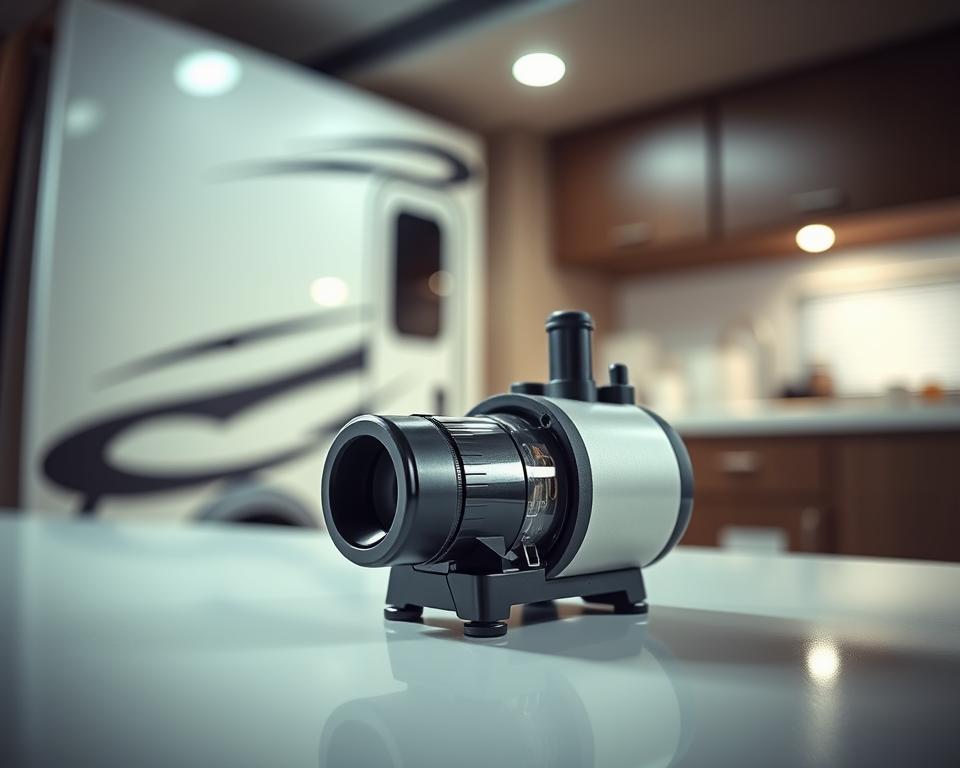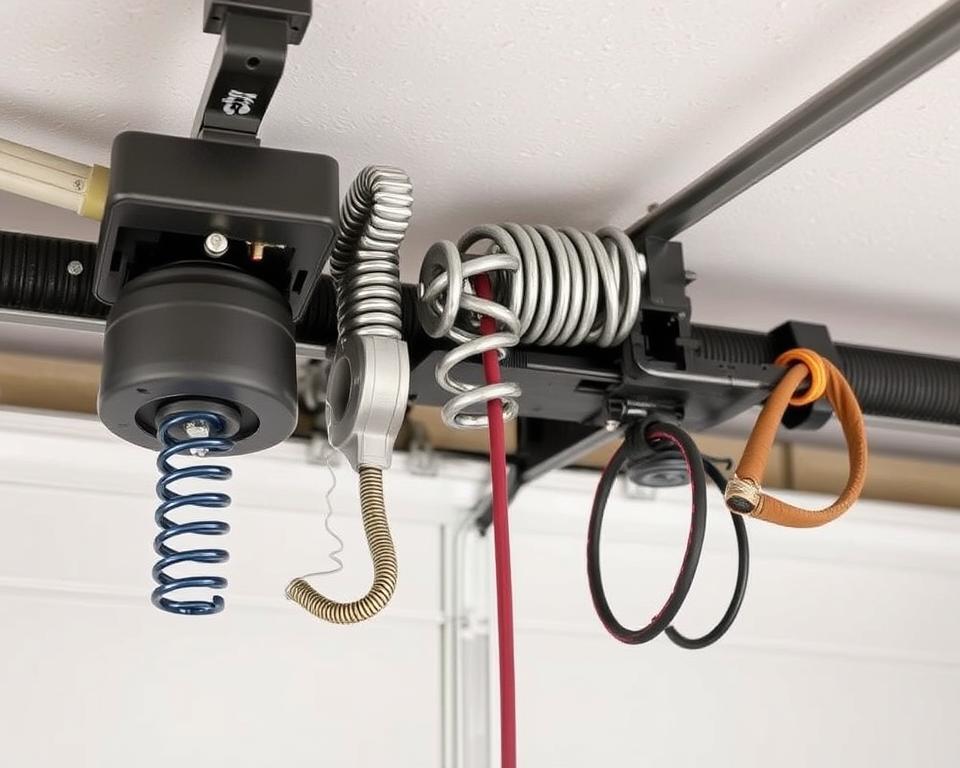Guide to Septic Tank Pump Out: Essential Guide & Tips
Ever wondered where your used water goes after it exits your basin or WC? It’s processed by a properly maintained septic system. Understanding the vital role of septic tank pump outs is crucial for optimal waste management within your residence. Ignoring this could lead to backups and pricy fixes. The following guide aims to highlight the necessity of septic maintenance and regular pump outs. By calling on dependable septic services – septic system service, you protect your home, nature, and promote your system’s longevity.
Essential Summaries
- Regular septic tank pump out avoids system failures and backups.
- Understanding your septic system helps with efficient maintenance.
- Planning a pump out is essential for effective waste management.
- Watch for clues that indicate your septic tank is due for service.
- Opting for a certified service provider can boost system efficiency.
- Paying for septic tank cleaning services safeguards your home and the environment.
Why Septic Tank Pump Out Matters
Arranging a septic tank pumping service on a schedule is critical for your system’s life span and function. Over time, your tank accumulates solid waste and organic debris, that may cause performance issues or even full system failure. Without septic system maintenance, you could face blocked pipes and ruined drain fields – problems that generally come with sizeable bills and significant inconveniences to owners.
By getting professional septic tank services carry out regular maintenance, you make sure your system runs smoothly. This practice not only avoids costly fixes but also shields the soil and groundwater around your home from pollution. When you opt for regular pump outs, you advance environmental health and enjoy a reliable and effective system for managing waste.
How Your Septic System Works
A typical septic system is key in handling household wastewater. It’s composed of the septic tank, drainfield, and soil – components that work together to efficiently process waste. The septic tank provides a contained space for solid waste to decompose biologically.
It’s essential for homeowners to understand how these parts work. Maintaining the septic system in top shape is critical to its longevity and effectiveness. Through scheduled inspections and servicing the septic tank when necessary, owners can avoid hefty breakdowns that could lead to serious health and environmental issues.
Consistently taking care of your septic system secures your property and upholds public health. Below, view a table listing the different septic system components and their functions:
| Component | Function |
|---|---|
| Septic Tank | Holds and digests solid waste through anaerobic bacteria. |
| Drainfield | Filters the treated effluent into the soil for further filtration. |
| Soil | Acts as a natural filtration layer to further treat wastewater. |
Knowing these elements underscores the need for consistent septic system care. Smooth operation relies on steady maintenance and cleanings by homeowners.
Timing Your Pump Out
Knowing when to get your septic tank pumped is essential for its health. Generally, a septic pump out should occur every few years. However, certain variables might alter this schedule.
The household size in your home heavily influences the pumping frequency. Larger families mean more wastewater, creating a need for more recurrent maintenance. Moreover, habits like frequent washing or long showers might require quicker pump outs. Being proactive can notably improve your septic system’s life.
It’s smart to consider individual elements, such as tank size and daily water use, to maintain a proper schedule. Tracking your last pump out date assists in timely planning for the next one, guaranteeing uninterrupted system performance.
Signs Your Septic Tank Needs Pumping
Homeowners should be vigilant for indications that show their septic tank requires service. Delayed sinks and toilets often signal an overloaded septic system, reducing the wastewater flow. Moreover, bad smells around your home could indicate issues; they may waft from the tank, showing system failure.
Visible wastewater pooling in the yard is another major indicator. Should you notice soggy areas or unexplained puddles, it’s probable your septic system is overloaded. Dismissing these signs can escalate into more serious issues that disturb your home and become expensive to resolve.
To head off serious complications, preventive maintenance is crucial. Engaging a professional service like All in Sanitation can be a savvy choice. They can accurately diagnose and resolve these signs. This method not only handles immediate issues but also preserves your system’s efficiency and health.

Picking the Right Pump Out Service
It’s essential to choose a skilled septic tank pumping service to maintain your system running smoothly. Reputable companies understand the local regulations thoroughly, ensuring your septic system satisfies all requirements. A solid service, like All in Sanitation, is dedicated to disposing of waste in an eco-friendly manner. This is vital for the environment’s well-being.
In seeking the right septic service, consider these critical points:
- Experience and Reputation: Look for companies with excellent feedback and established success in your region.
- Licensing and Insurance: Confirm that your preferred provider possesses the required license and insurance to cover unexpected problems.
- Comprehensive Services: Prefer a service that bundles inspections with pumping, identifying issues before they get worse.
Paying for a high-calibre septic tank pumping service prevents big future repairs. Routine evaluations and ongoing upkeep maintain your system in optimal condition. Making the right choice not only protects your investment but also supports a effective waste management system for your home.
Septic Tank Cleaning Essentials
For homeowners, septic tank cleaning is vital to ensure the system works well. During this process, extracting sludge and scum is crucial to avoid blockages. A well-serviced system not only runs smoothly but also has a longer life. Performing regular cleanings is vital for the health of your system.
Numerous owners add extra services to improve septic tank care. These add-ons are crucial for eliminating harmful bacteria and halting residue build-up. Understanding the importance of proper maintenance can save you costly overhauls. Staying ahead of maintenance ensures both environmental safety and household well-being.
Cost of Septic Tank Pumping Services
Homeowners should understand septic tank pumping costs for smooth system maintenance. Prices vary greatly due to location, tank size, and selected service provider. On average, this service costs between $200 and $600. It’s smart to get estimates from different companies, considering both expertise and reliability.
Service providers like All in Sanitation offer fair rates. Yet, the cost of septic tank cleaning reflects service quality and thoroughness. Homeowners should consider these aspects judiciously when choosing a service.
Reviewing quotes enables make informed choices that fit your budget and septic system needs. Understanding potential costs assists in financial planning for septic tank upkeep.
Homeowner Maintenance Tips
Caring for your septic system properly is vital. It ensures a durable and efficient setup. By taking straightforward steps, the longevity of your septic tank improves, alongside money. Initiatives like minimizing water consumption in your household make a big difference. Fixing leaks promptly and opting for water-saving appliances are smart steps.
It’s important to avoid flushing harmful substances down the drain. Chemicals, fats, or non-biodegradable items damage your septic system. For the health of your setup, dispose of such waste responsibly. This approach safeguards your septic tank’s natural processes.
Consistent inspections and the scheduled pumping are mandatory for septic maintenance. Try to have your system inspected and serviced every three to five years. A maintenance schedule or checklist can be highly effective. It helps owners in checking their system’s condition and following maintenance guidelines.
Taking initiative with septic maintenance brings financial and environmental advantages. When you practice these habits, homeowners enhance their septic systems’ efficiency and dependability. This dedication not only preserves your system but also contributes to a healthier environment.
Wrapping It Up
A septic tank pump out is vital for septic tank upkeep, and property owners should consider it earnestly. It avoids costly fixes and extends the system’s lifespan, ensuring efficient operation over years. Knowing when to respond to system distress signals protects your property.
Selecting a reliable provider, like All in Sanitation, changes the game in septic tank care. Their expertise guarantees proper service, backing both environmental health and your home’s comfort. Forward-thinking upkeep protects your investment and promotes a greener planet.
Being knowledgeable about your septic system and its maintenance needs is vital. Routine pump outs improve home functionality and bolster public health. For any homeowner, understanding the importance of septic tank care secures a efficient living environment for the future.









